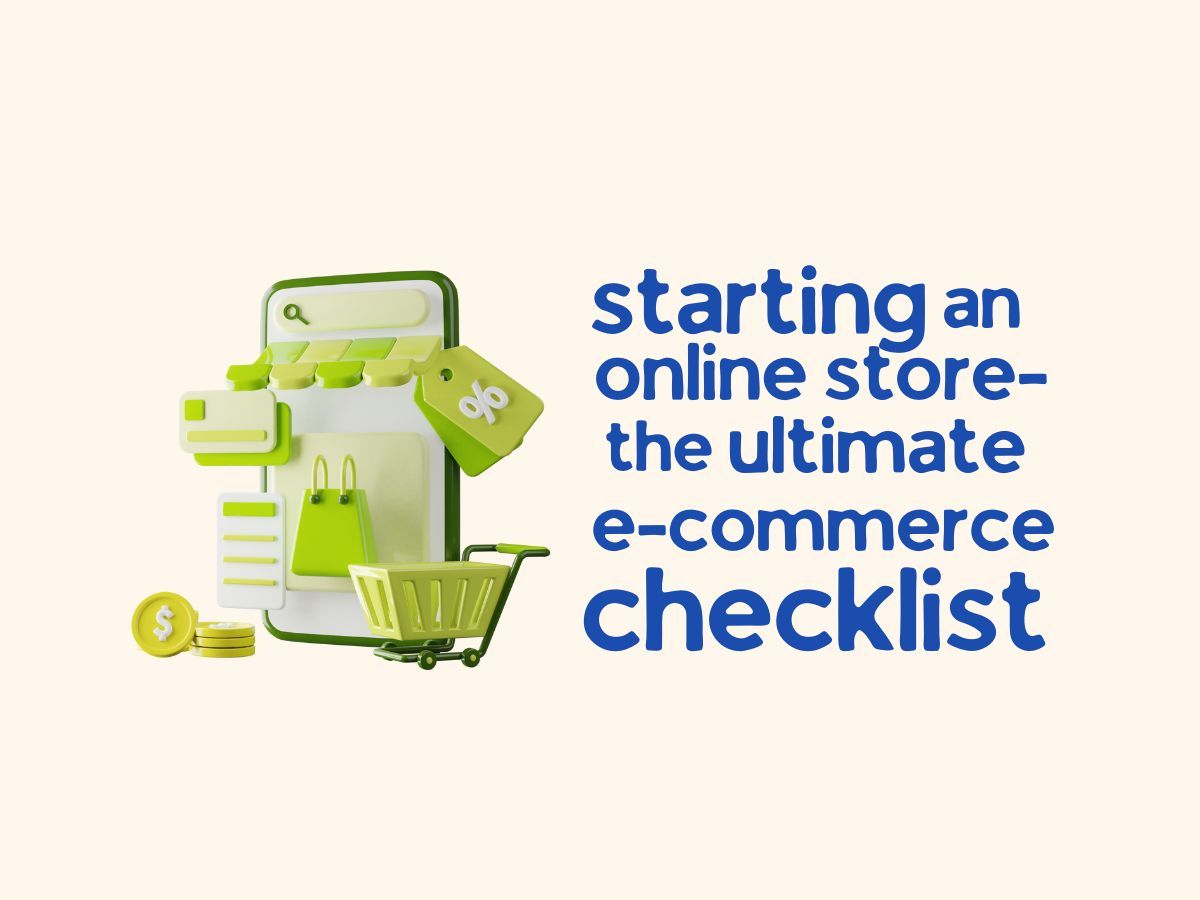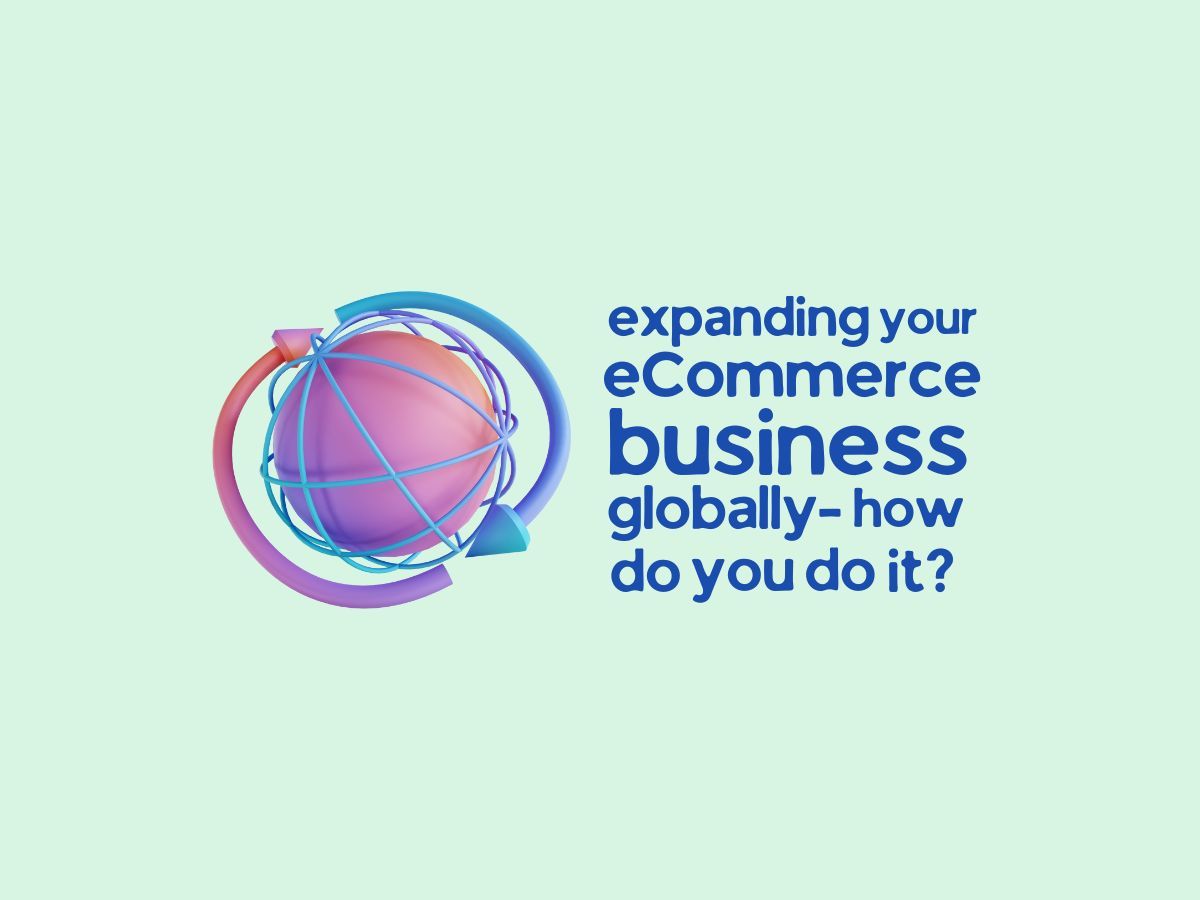Starting an Online Store – the Ultimate eCommerce Checklist
The availability of various benefits and advantages has made more people prefer online shopping these days, over conventional in-store shopping. To make your life easier, we’ve put together the important things to note to start an online store.
- Website
Choose a channel to sell your products. For an online business that means you need a website that people can use to order your products. Having a website is not as simple as buying something in a store. Many different elements work together to make a successful site.
- Ecommerce platform
Choose an eCommerce platform where you can show off your products. Shopify, Magento and BigCommerce are a few platforms that businesses use.
- Finding products
There are millions of products to choose from. So finding the right product for you may seem a little daunting. Things to keep in mind, while picking a product to sell:
- Is the product on the trending list?
- Is the product easy to find anywhere else?
Check if a product is in the trending list by using Google trends. Google trends track how often a particular term is entered in the search, relative to the total searches across different regions of the world, and various languages.
- Payment processor
Find a payment processor, so people can buy your products with real money. Your e-commerce platform may have its payment processor, or it may let you choose your own.
- Web hosting provider
You need a web hosting provider, which gives you space on a server that then allows you to put your site on the web. Your e-commerce platform may offer hosting services. So, do proper research before you invest in something.
- Website domain
Your website needs a domain that people can use to find you. You purchase domains through a domain registrar. Your e-commerce platform may also function as a domain registrar.
- Site Security
You want to make sure your site is secure so that your customers’ private information such as their credit card numbers, addresses, and emails remains private. Payment Card Industry Data Security Standard or PCI DSS standard focuses on keeping people’s payment information secure, and you should do everything in your power to make your website compliant. You can secure your website in a bunch of different ways such as:
- Installing an SSL certificate, which encrypts customer data entered into your site. So hackers have a hard time stealing it.
- Address verification system (AVS) to make sure the billing address the customer enters matches the one associated with their card.
- Requiring the customer to input their Credit card verification value (CVV) during their purchase adds a security layer.
- Anti-malware software to stave off disruptive infections.
- Automated website backups to prevent data loss
- DDoS(Distributed Denial of Service) mitigation service to protect against bot attacks that slow down your website, or make it crash.
- Content management system (CMS)
Your E-Commerce platform may have its own CMS, so you may not need to look too hard to find one. WordPress is a very popular, user-friendly CMS.
- Inventory management software
With your online store comes the need for inventory and inventory management software to help you keep track of what is in stock. Be curious about the latest product ideas that could attract visitors to your store. At the same time, you should always be revising your stock of steady-selling products. If something is not selling, replace it with another item that is trending.
- Research new products using Google trends
- Add new products to your existing collection to drive sales.
Promoting your business in different marketing channels and building relationships with your audience can lead to more sales, increased revenue, and returning customers.
- Search engine optimization
You’ll need to work on your website’s search engine optimization, which will help people find you when they are searching for a product you sell.
- Content marketing strategy
A content marketing strategy goes hand-in-hand with your SEO. Your content not only gives you a chance to appear in search engines, but it also lets you share your expertise, shows off your products, and create trust between you and your audience.
- Digital advertising plan
A digital advertising plan is a great investment too because you can reach people who are most likely to make a purchase. This is also a great short-term strategy for promoting special deals, new products, or anything else that needs a lot of attention in a short period. You can use social media and email marketing to connect directly with potential customers. With emails, you can provide product recommendations based on past purchases, remind people that they have something in their cart, or just send out fun and informative newsletters.
- Customer service
Having great customer service is significant to the long-term success of your online store. There are different ways to offer good customer service:
- Create a detailed FAQ page.
- Provide live chat support to the customers.
- Ask customers to give product reviews.
- Conversion optimization
On average 69% of your website visitors will leave your site without completing a purchase. It is worth investing some time to find a way of capturing your abandoned carts at the checkout. For this, you can create limited-time offers, launch a cart abandoned emails campaign, or set up a retargeting ads campaign.
- Store Optimization
Most online shoppers will tell their friends about a bad experience online. So, always try to keep the performance of your website up, and try to optimize it every time possible.
- Improve your website speed
- Create an intuitive navigation bar
- Focus on creating a great product page
- Display related items
- Optimize your store search
- Check how your store looks on devices like mobile and tablet devices.
- Analytics tool
Don’t forget to invest in an analytics tool or implement a free tool like Google analytics to track the impact your marketing has on your sales.
- Your store needs a privacy policy and a return policy for complete transparency with your customers.
- Learn by doing
It is fine to make mistakes. Be curious, be bold, and build your store sooner rather than later.











